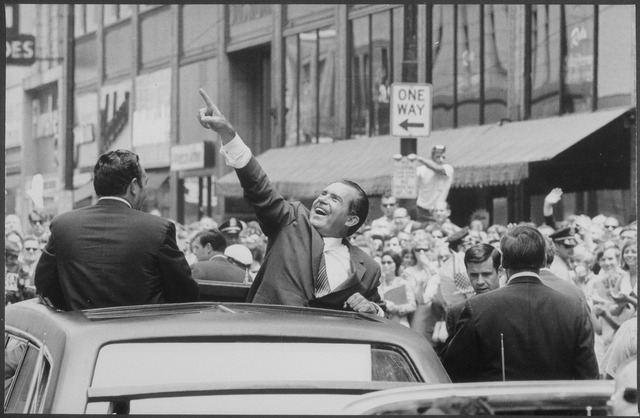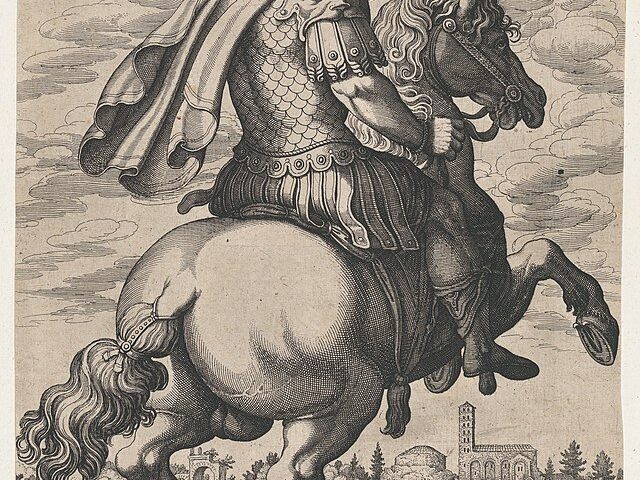On July 17, 1945, the three leaders of the Allies met in Potsdam, Germany, to discuss the post-war landscape, especially in Europe and Germany. Gathered around the table were three powerful leaders: Soviet Premier Joseph Stalin, British Prime Minister Winston Churchill, and newly inaugurated U.S. President Harry S. Truman. The atmosphere was tense, reflecting the shifting dynamics of the global stage.
“The conferees discussed the substance and procedures of the peace settlements in Europe but did not attempt to write peace treaties. That task was left to a Council of Foreign Ministers. The chief concerns of the Big Three, their foreign ministers, and their staffs were the immediate administration of defeated Germany, the demarcation of the boundaries of Poland, the occupation of Austria, the definition of the Soviet Union’s role in eastern Europe, the determination of reparations, and the further prosecution of the war against Japan. The amity and good will that had largely characterized former wartime conferences was missing at Potsdam, for each nation was most concerned with its own self-interest, and Churchill particularly was suspicious of Stalin’s motives and unyielding position,” writes Brittanica.
“The Potsdam Conference’s Declaration on Germany stated, “It is the intention of the Allies that the German people be given the opportunity to prepare for the eventual reconstruction of their life on a democratic and peaceful basis.” The four occupation zones of Germany conceived at the Yalta Conference were set up, each to be administered by the commander-in-chief of the Soviet, British, U.S., or French army of occupation. Berlin, Vienna, and Austria were also each divided into four occupation zones. An Allied Control Council made up of representatives of the four Allies was to deal with matters affecting Germany and Austria as a whole. Its policies were dictated by the “five Ds” decided upon at Yalta: demilitarization, denazification, democratization, decentralization, and deindustrialization. Each Allied power was to seize reparations from its own occupation zones, although the Soviet Union was permitted 10–15 percent of the industrial equipment in the western zones of Germany in exchange for agricultural and other natural products from its zone.
Poland’s boundary became the Oder and Neisse rivers in the west, and the country received part of former East Prussia. This necessitated moving millions of Germans in those areas to Germany. The governments of Romania, Hungary, and Bulgaria were already controlled by communists, and Stalin was adamant in refusing to let the Allies interfere in eastern Europe. While in Potsdam, Truman told Stalin about the United States’ “new weapon” (the atomic bomb) that it intended to use against Japan. On July 26 an ultimatum was issued from the conference to Japan demanding unconditional surrender and threatening heavier air attacks otherwise. After Japan had rejected this ultimatum, the United States dropped atomic bombs on Hiroshima and Nagasaki.”
One of the most contentious issues discussed was the reparation and compensation that Germany would have to provide to the Allies. The Soviet Union sought substantial reparations from Germany, aiming to rebuild its own war-ravaged nation. However, the Western Allies were more concerned about the economic recovery and stability of Germany as a whole, recognizing the need to prevent further suffering among the German population. A compromise was reached, and Germany was required to pay reparations, but primarily in the form of industrial dismantling and goods rather than direct financial compensation.
The conference also touched on the issue of war crimes and the punishment of those responsible. The Allies agreed to prosecute Nazi war criminals and established the International Military Tribunal to hold them accountable for their crimes against humanity.
Furthermore, the Potsdam Conference addressed the situation in Eastern Europe, where the Soviet Union had gained significant influence. Stalin sought to extend Soviet control and establish communist governments in several countries. The Western Allies, while concerned about Soviet expansion, recognized the need to maintain a balance of power and prevent further conflict. They affirmed the principle of national self-determination, allowing free elections to be held in the affected countries.
As the conference came to a close two weeks later, tensions between the Western Allies and the Soviet Union became increasingly apparent. The seeds of the Cold War were sown.






